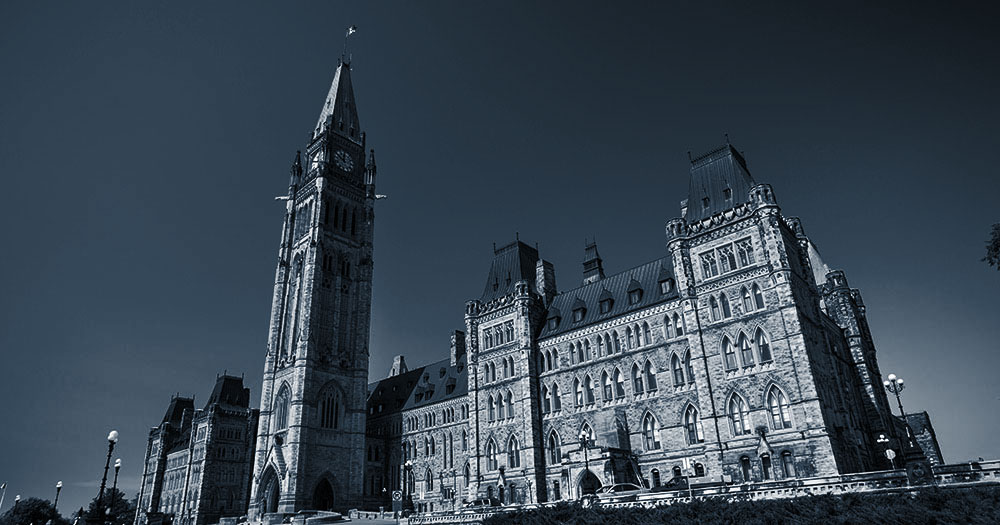The federal government has implemented a number of financial measures over last few weeks to assist Canadians affected by the COVID-19 pandemic, including the Canada Emergency Response Benefit (the “CERB”) and the Canada Emergency Wage Subsidy (the “Wage Subsidy”).
If your job has been affected by COVID-19, you may likely qualify for one of these benefits depending on your specific circumstances.
The CERB is designed to provide a source of income to individuals who were laid off or lost their job because of COVID-19. To be eligible for the CERB, you must be without employment or self-employment income for at least 14 consecutive days in a four-week period, or earning less than $1,000 in a four-week period, for a reason related to COVID-19. For further eligibility and program details, click here.

Many Canadians are still working but have seen their hours heavily reduced. If you are making a fraction of your regular income but still earning more than $1,000 per month, you will not be eligible for the CERB. Instead, you can encourage your employer to apply for the federal government’s Wage Subsidy program.
How does the Wage Subsidy program work?
The CEWS program provides funding for 75% of employees’ wages up to $847/week ($58,700 annually) for each eligible employee for qualifying businesses.
A business can qualify for the CEWS program if:
- it is a corporation that is not publicly funded, a non-profit, or a charity of any size; and
- has experienced at least a 30% decline in their gross revenues (15% for the period from March 15, 2020 to April 11, 2020) for each eligibility period.
The CEWS is not available to public bodies such as municipalities and local governments, Crown corporations, public universities, publicly funded colleges and schools and hospitals.
Initially, the CEWS program was available until the end of May. On May 15, 2020, the government announced the program would be extended to the end of August 2020.
On May 15, 2020, the government also announced it would be consulting with business owners to determine a strategy that would promote economic growth while continuing to provide support to businesses that need it. Therefore, changes may soon be made to the eligibility criteria, including the required threshold of declined revenue.
How is the decline in revenue calculated?
An eligible business’ decline in revenue is measured by comparing its revenue in each eligibility period to its baseline revenue. Baseline revenue is determined in one of two ways:
- Based on the revenue earned in the corresponding month in 2019, or
- Based on the average of the revenue earned in January and February 2020.
Eligible revenue includes revenue earned in Canada from selling goods, rendering services, and others’ use of your resources and should be calculated using your normal accounting method. For additional information about eligibility and calculating your change in revenue click here.
How do I apply?
Employers can apply for the CEWS through their CRA My Business Account. If you do not have a My Business account, you can also apply for the CEWS using the Web Forms application with your web access code.
Once you have applied, you can expect to receive your funding within 10 business days. You are encouraged to ensure your direct deposit and business information is up to date before applying to facilitate efficient payment of the benefit. For more details about how to apply for the CEWS click here.
Importantly, you will need to submit a new application for each new claim period. Employers will be required, in their application for the CEWS, to demonstrate that they are doing what they can to pay their employees the other 25% of wages.
What does the Wage Subsidy mean for employees?
As a result of the Wage Subsidy program, the federal government is encouraging employers to begin hiring back employees they laid off due to COVID-19.
If you have been laid off, speak with your employer about whether they would qualify for the CEWS and whether that could allow them to bring you back.
If your employment has been affected by COVID-19, you can apply for the CERB or receive the CEWS through your employer. You will not be eligible for both at the same time.


